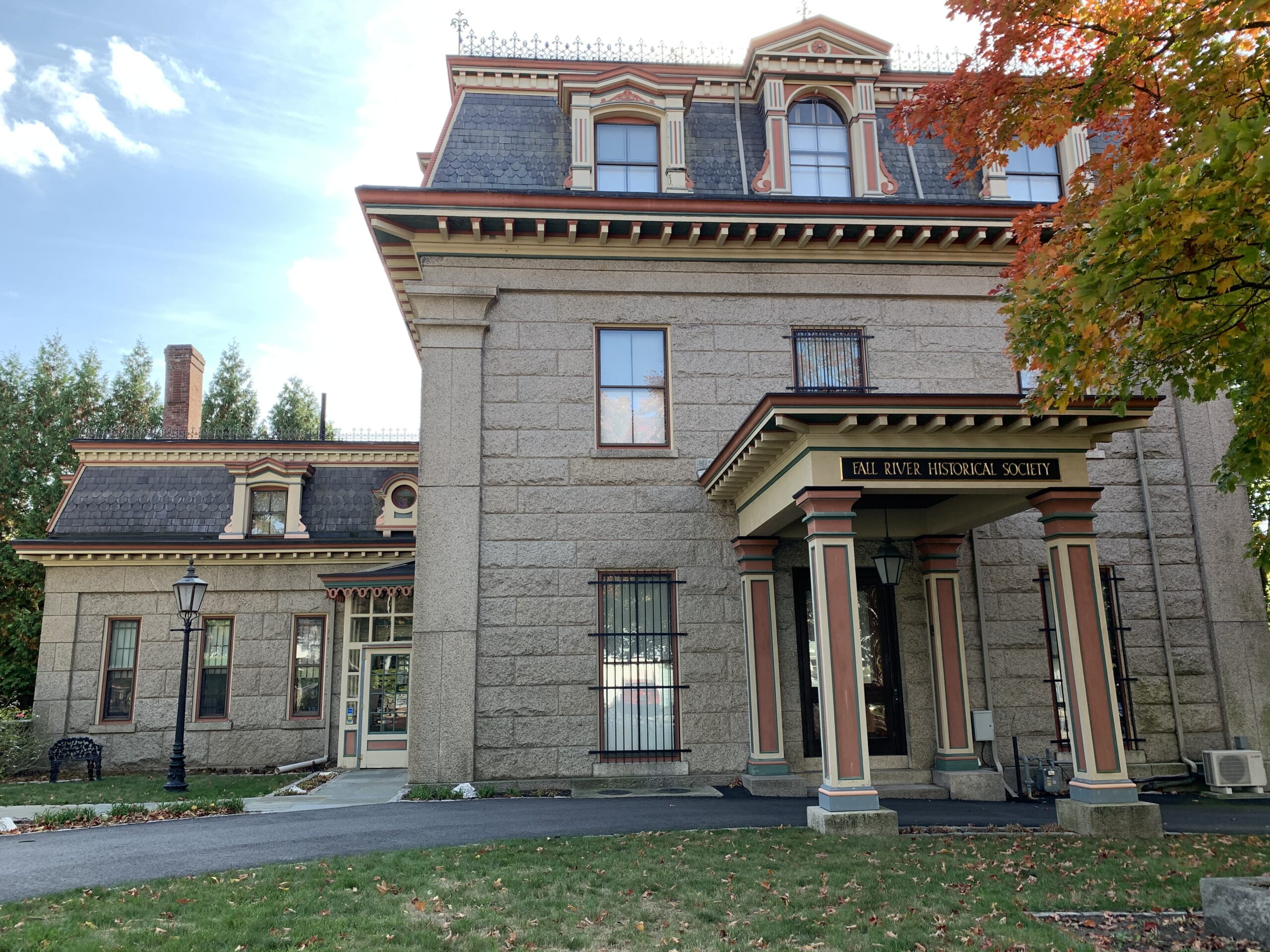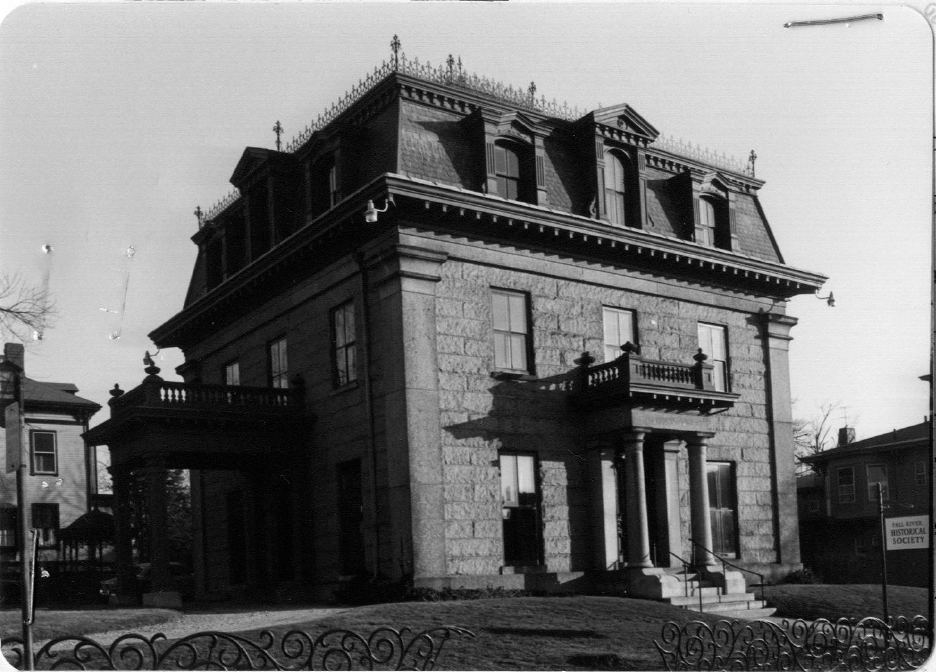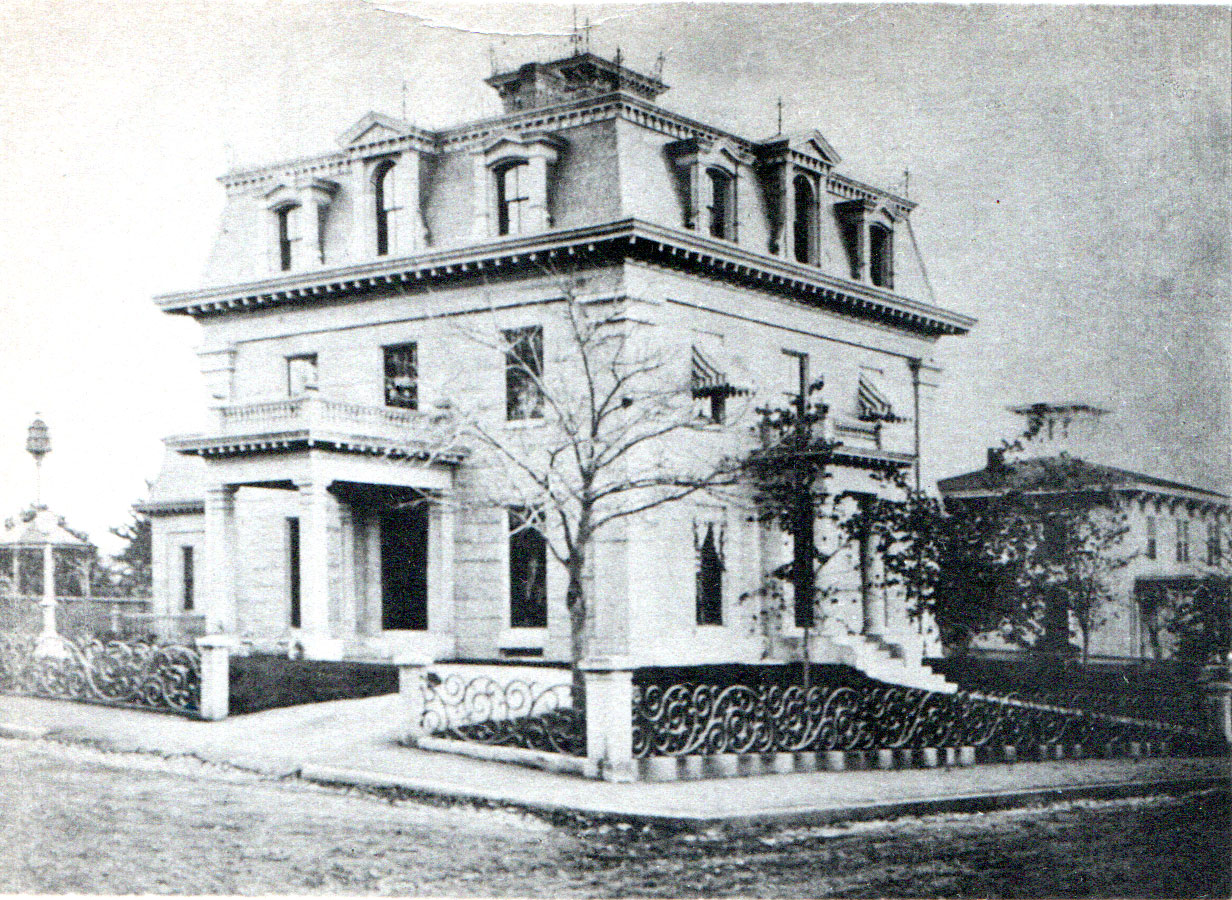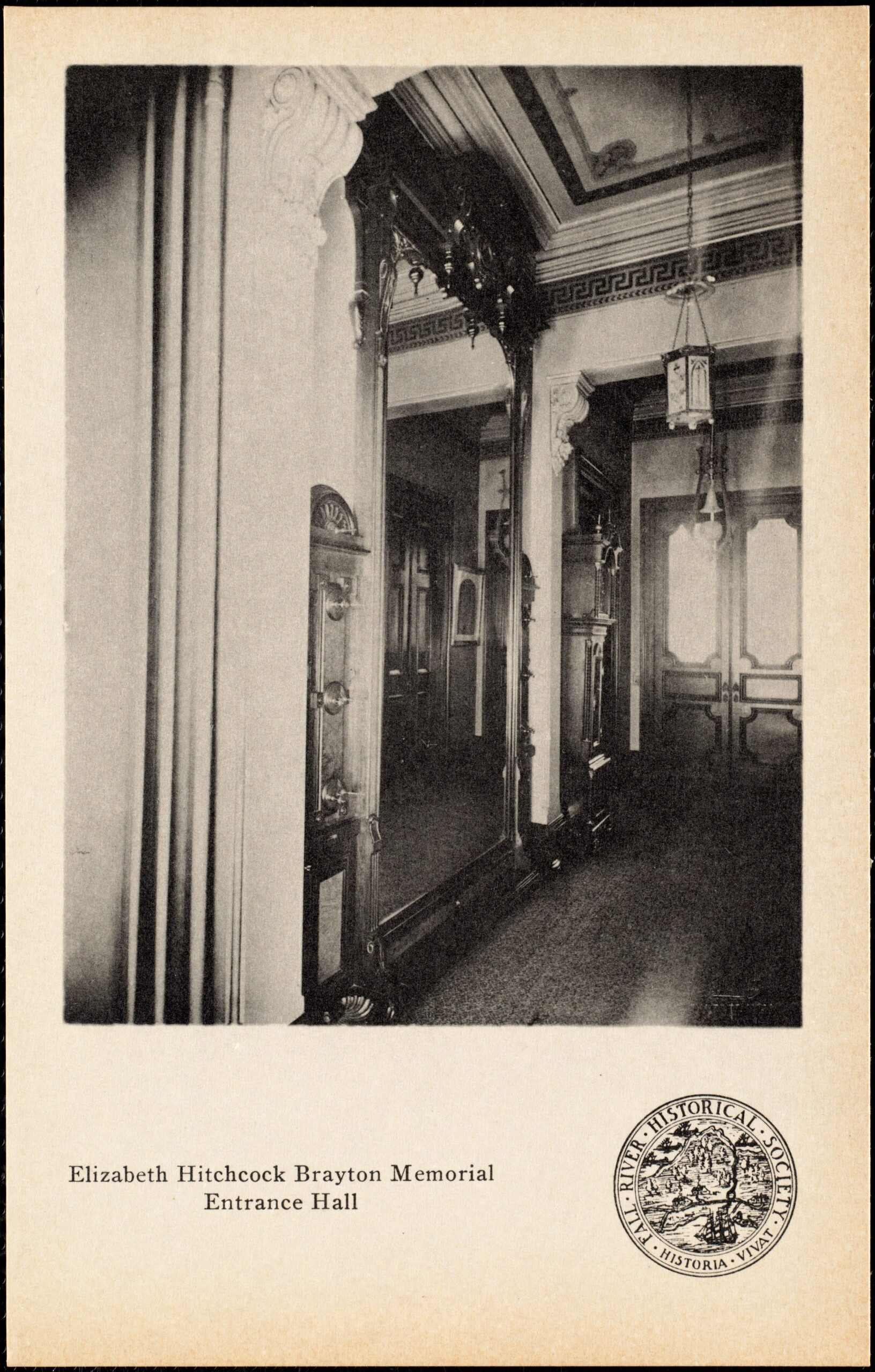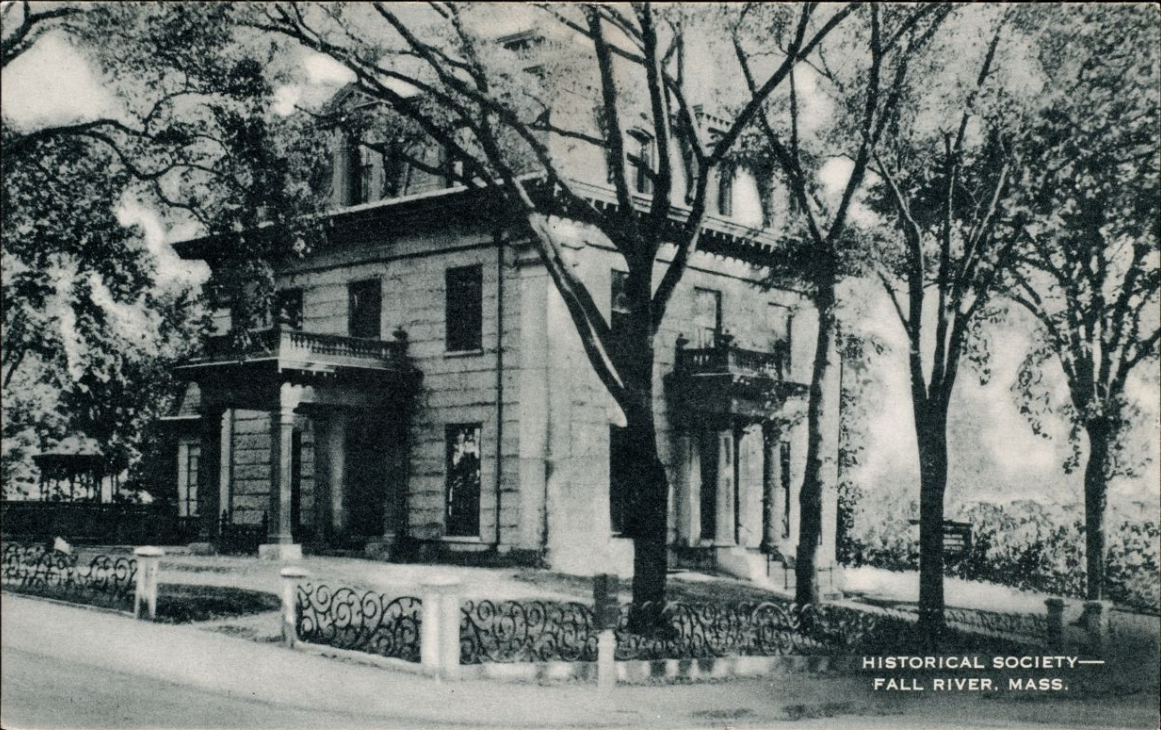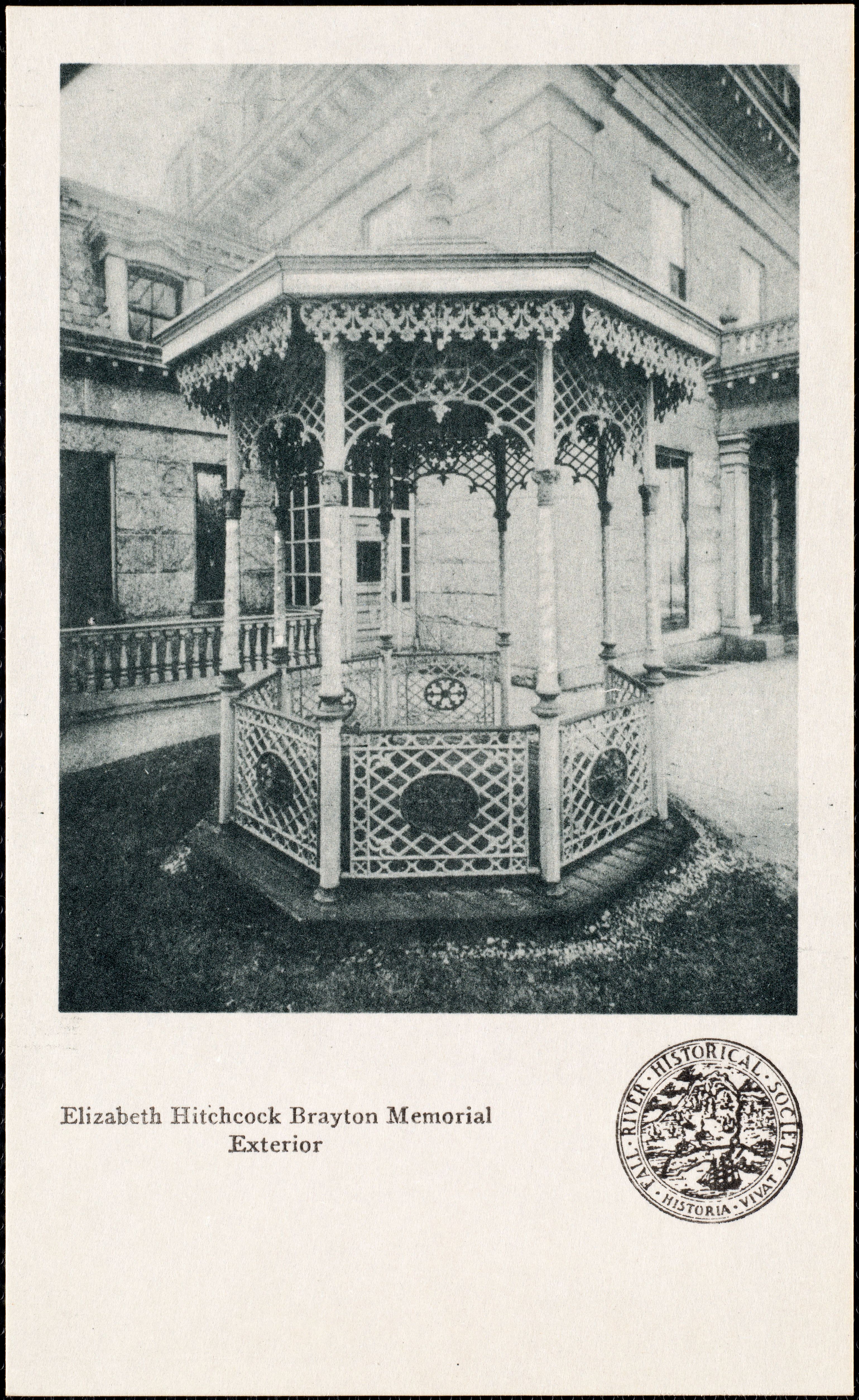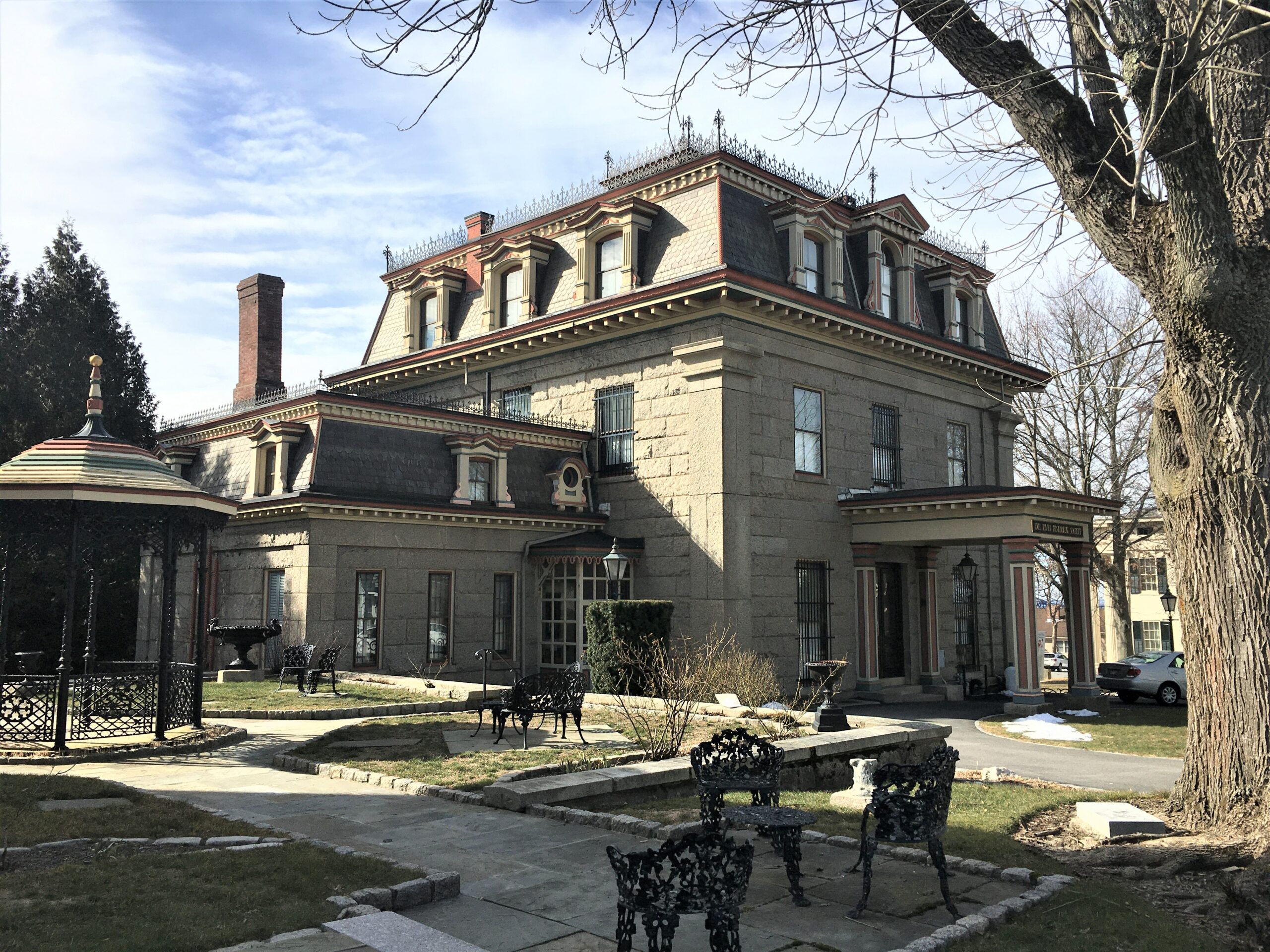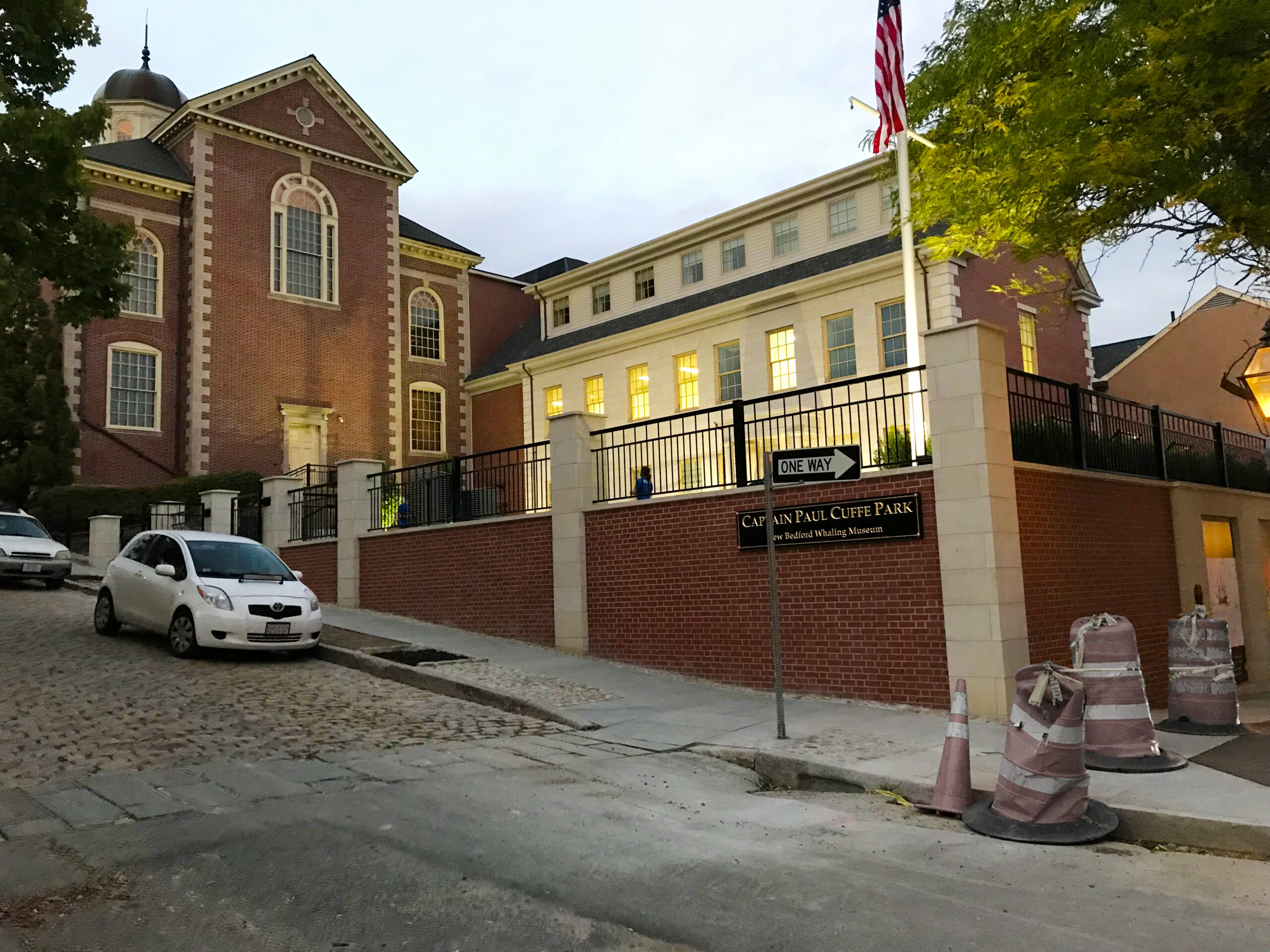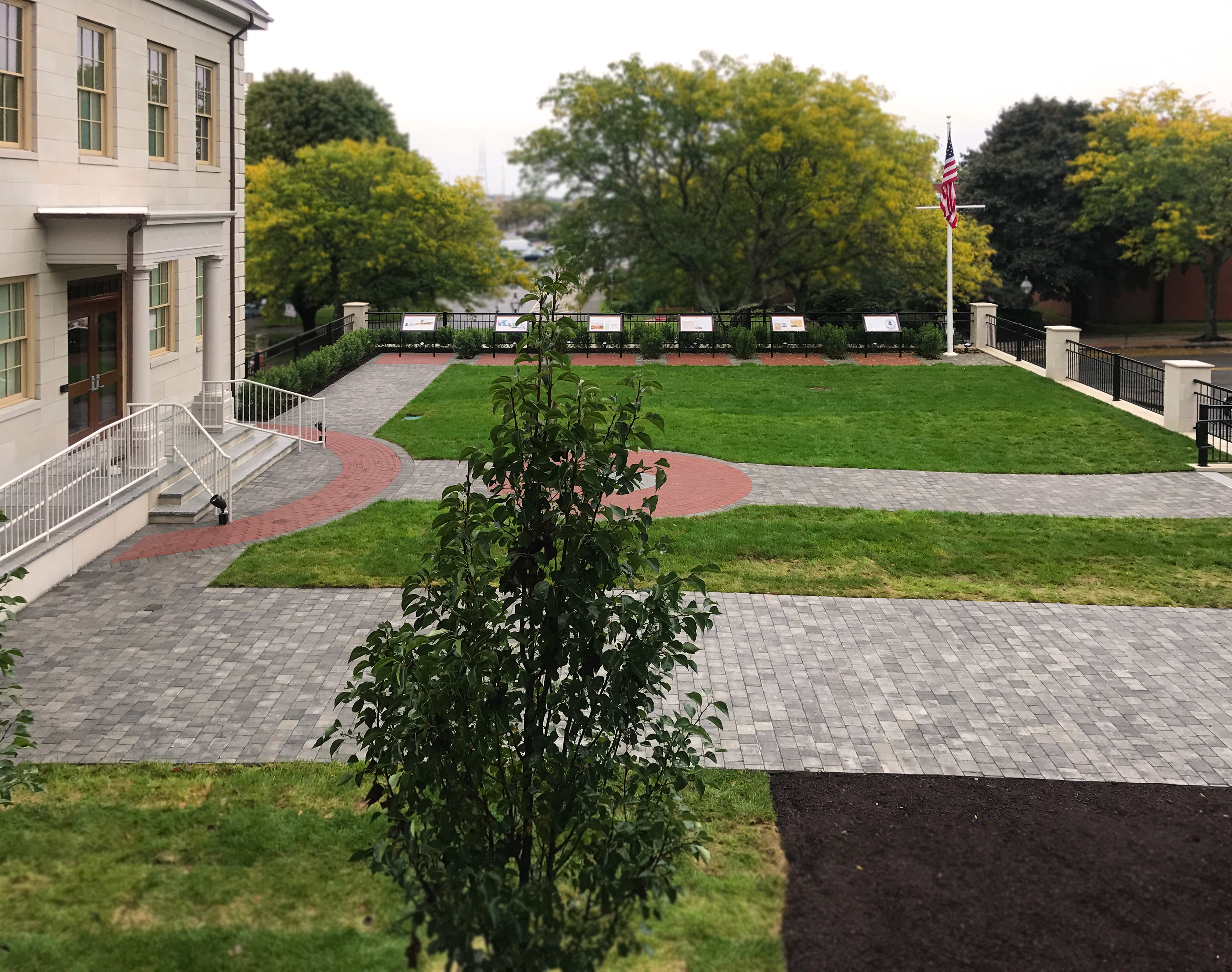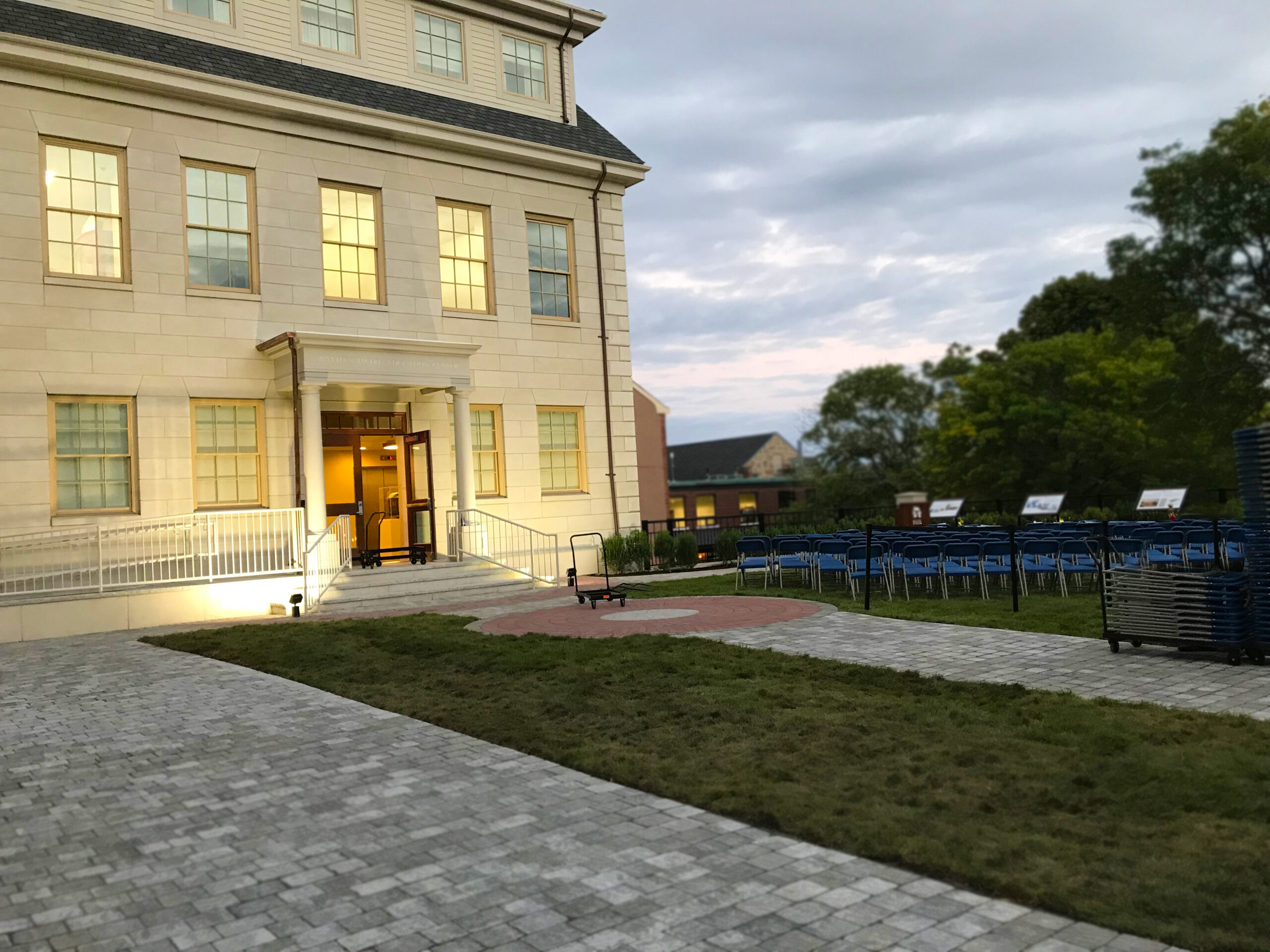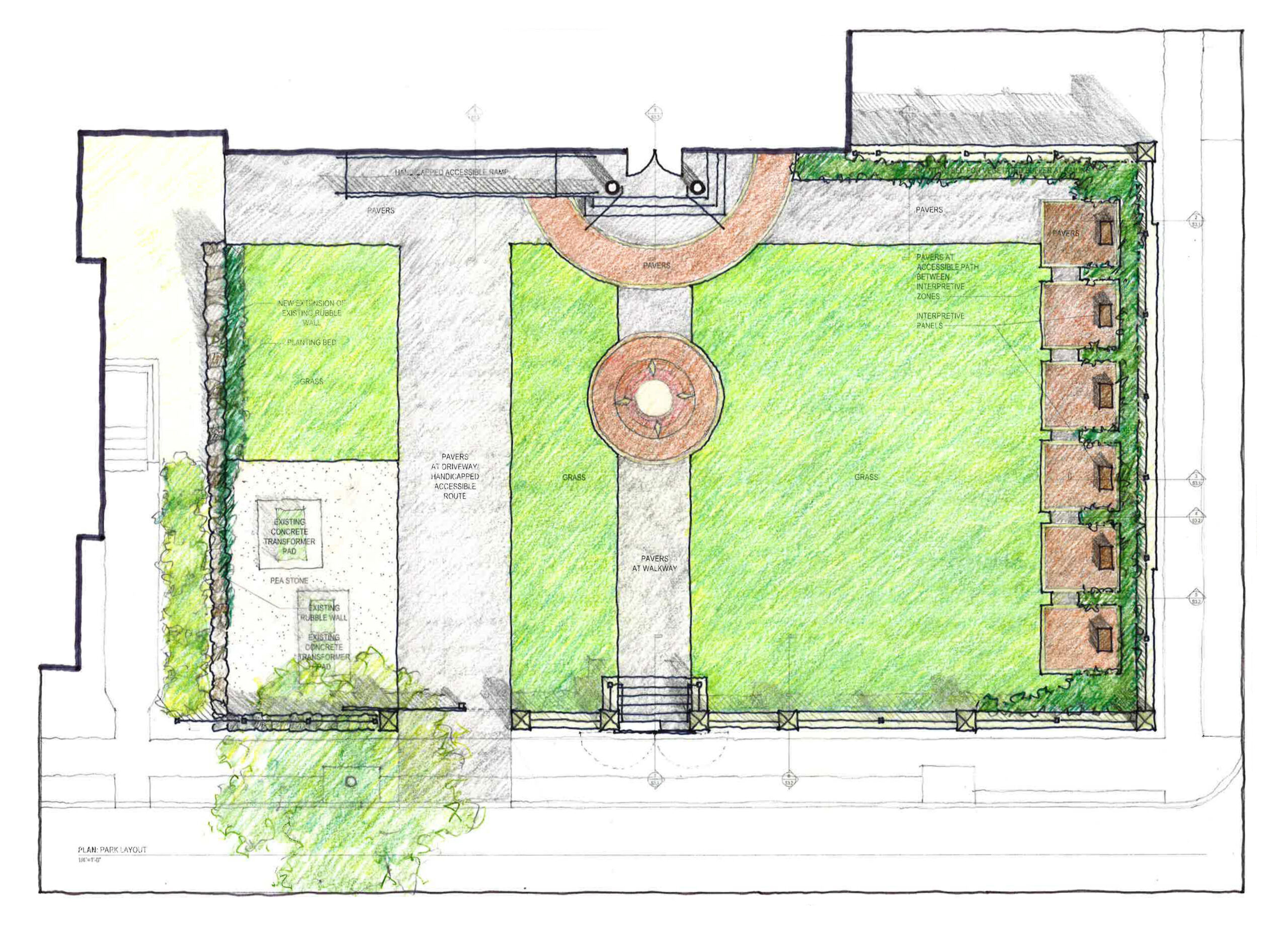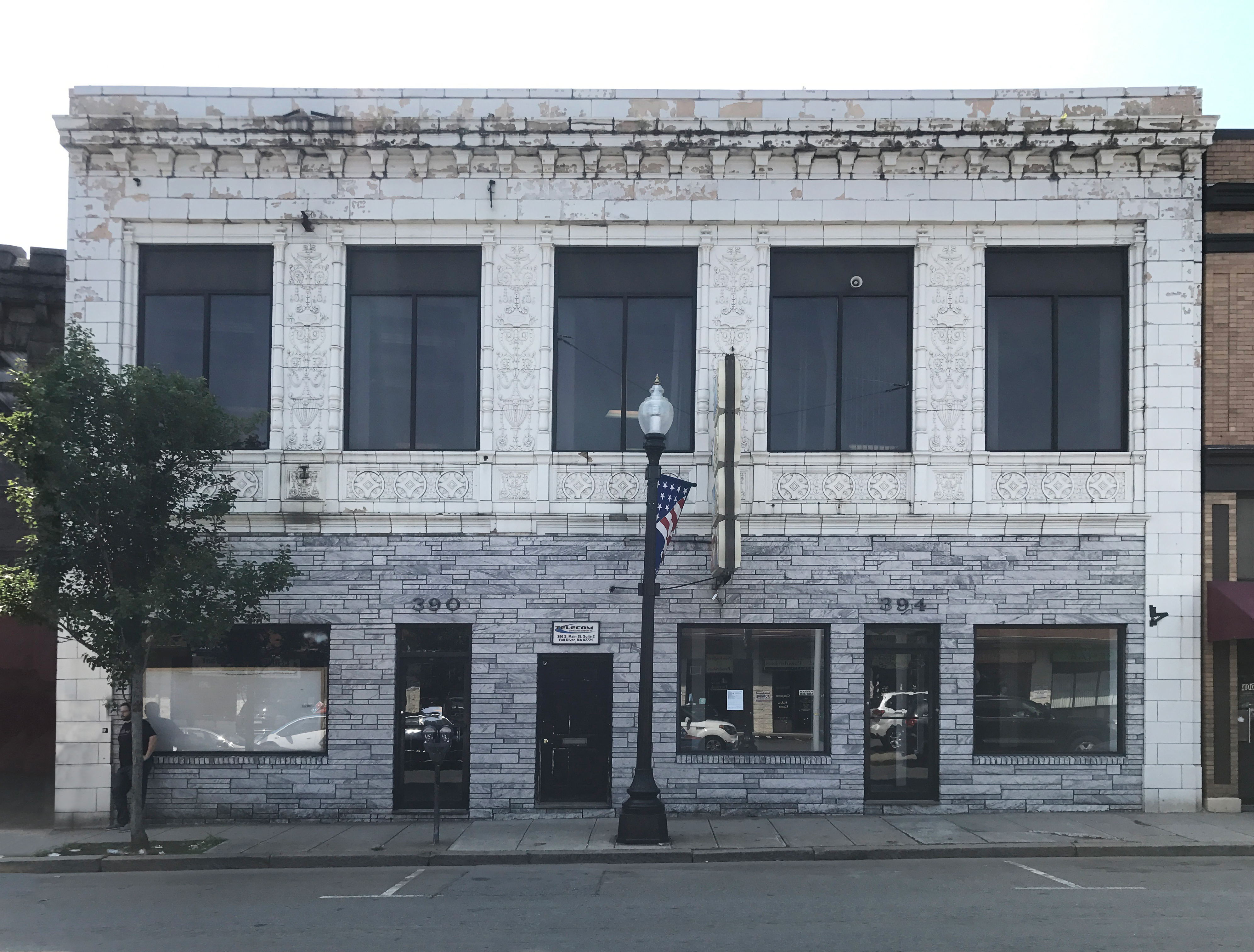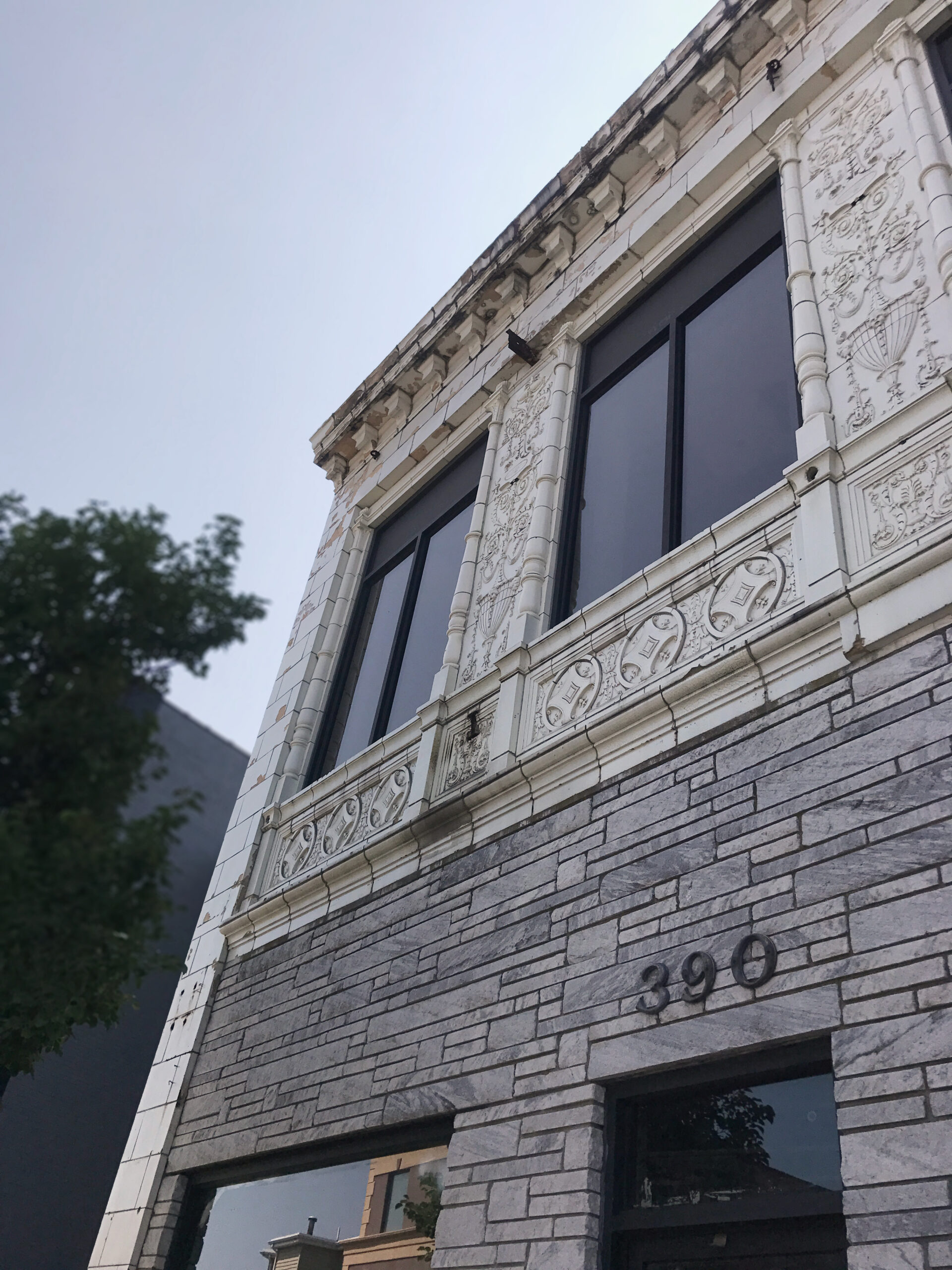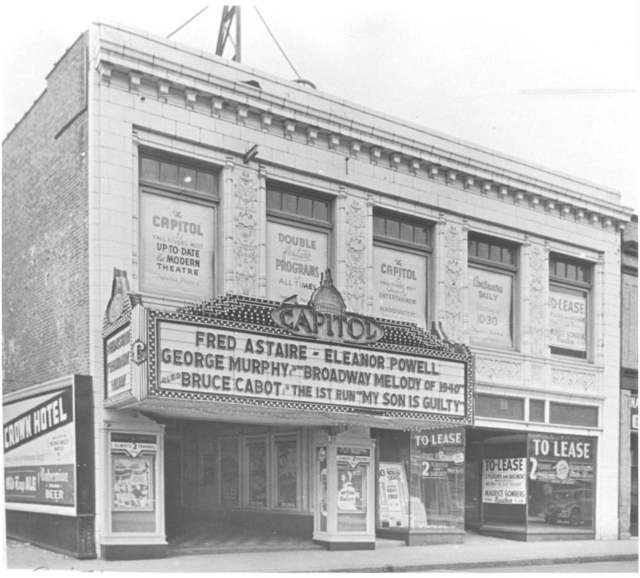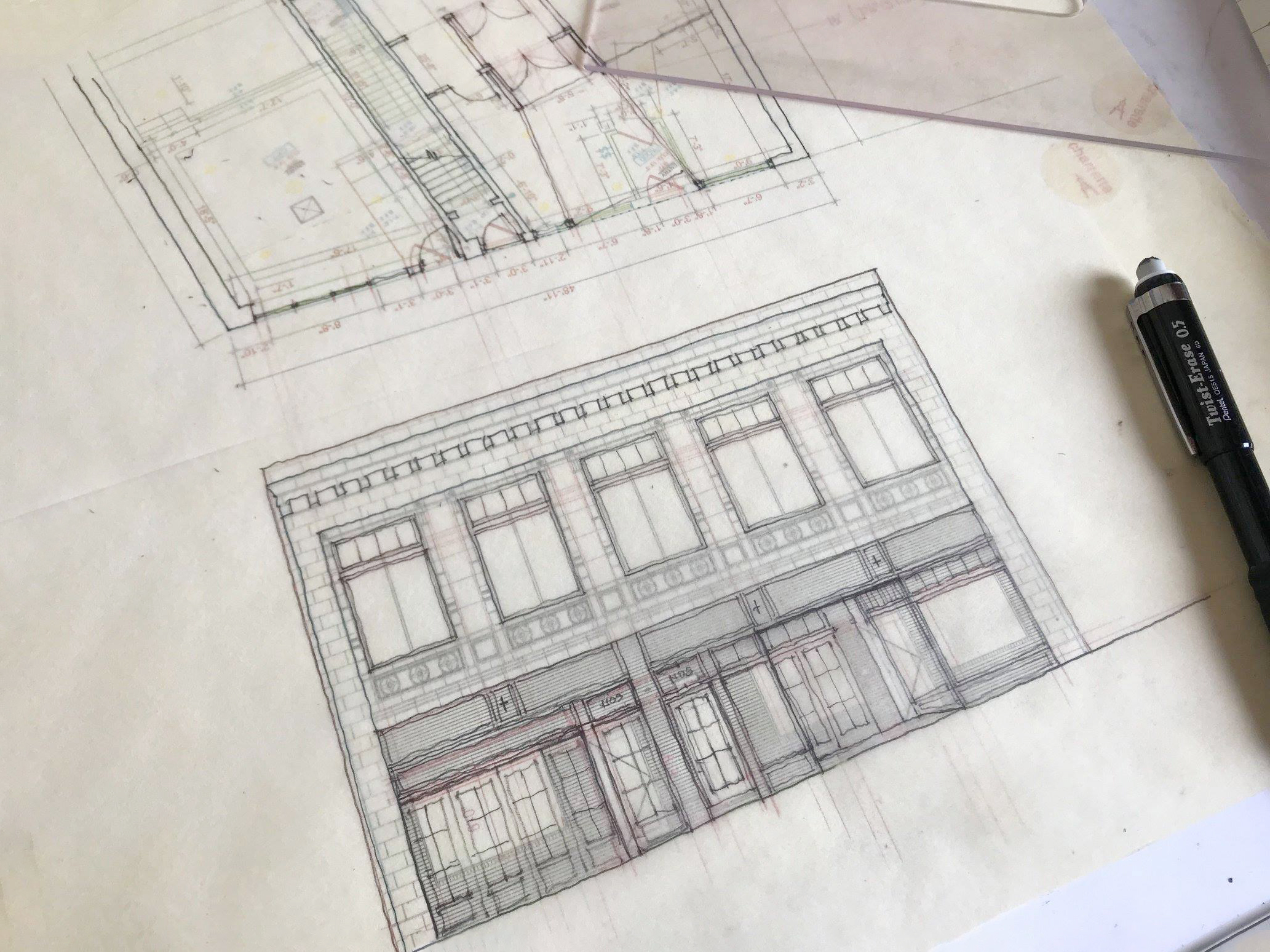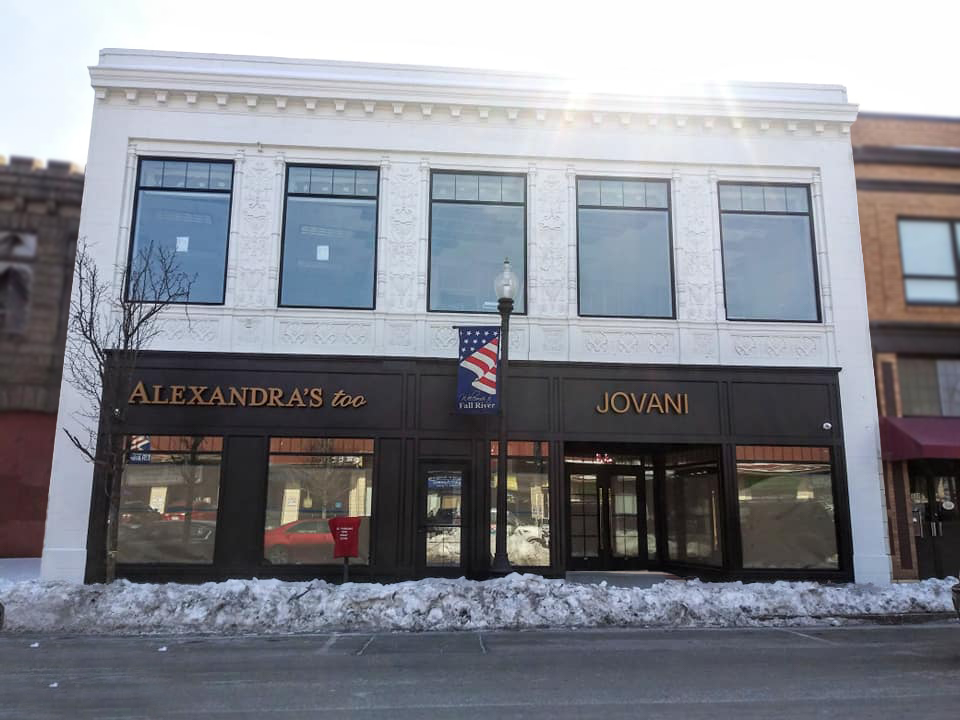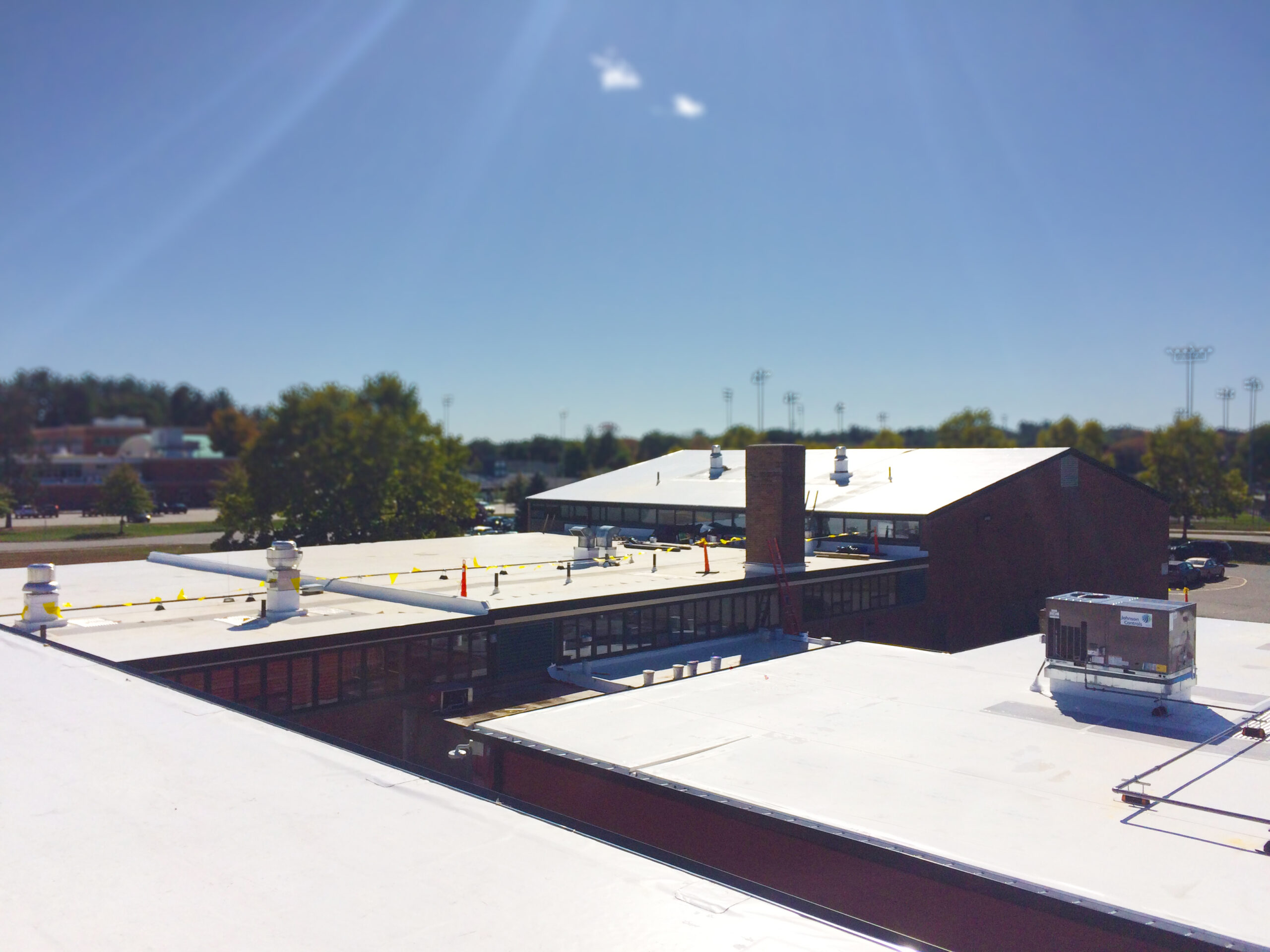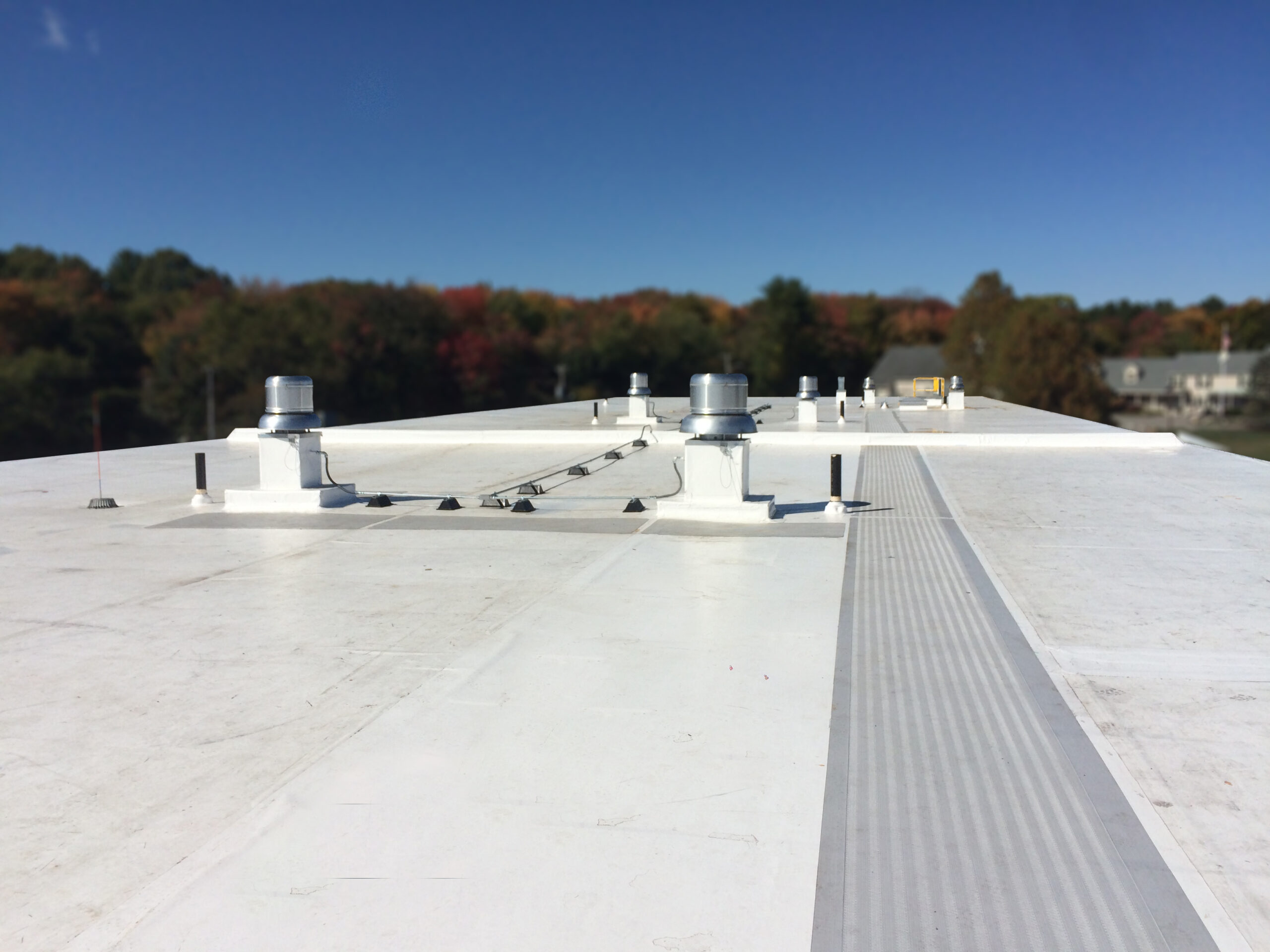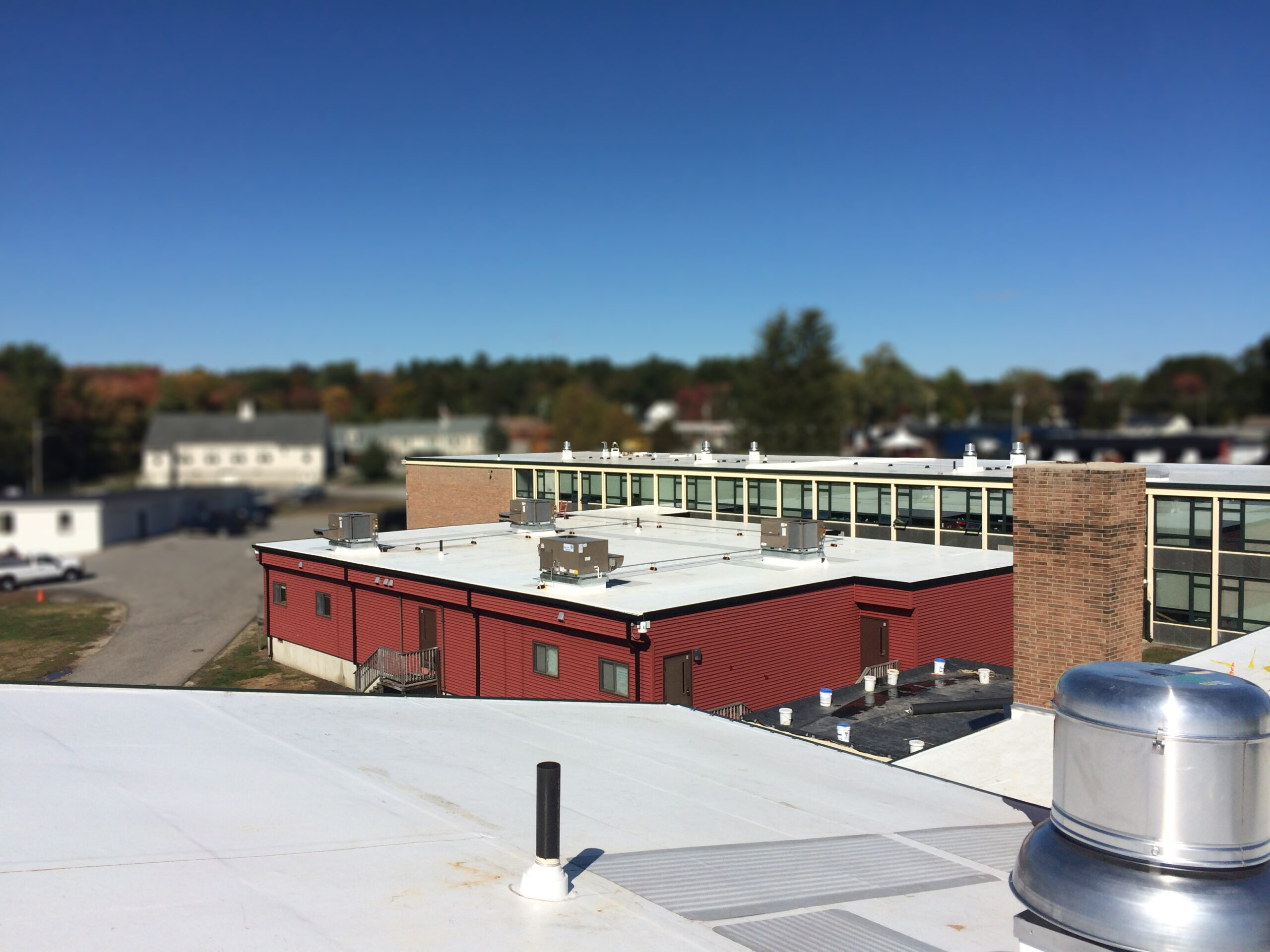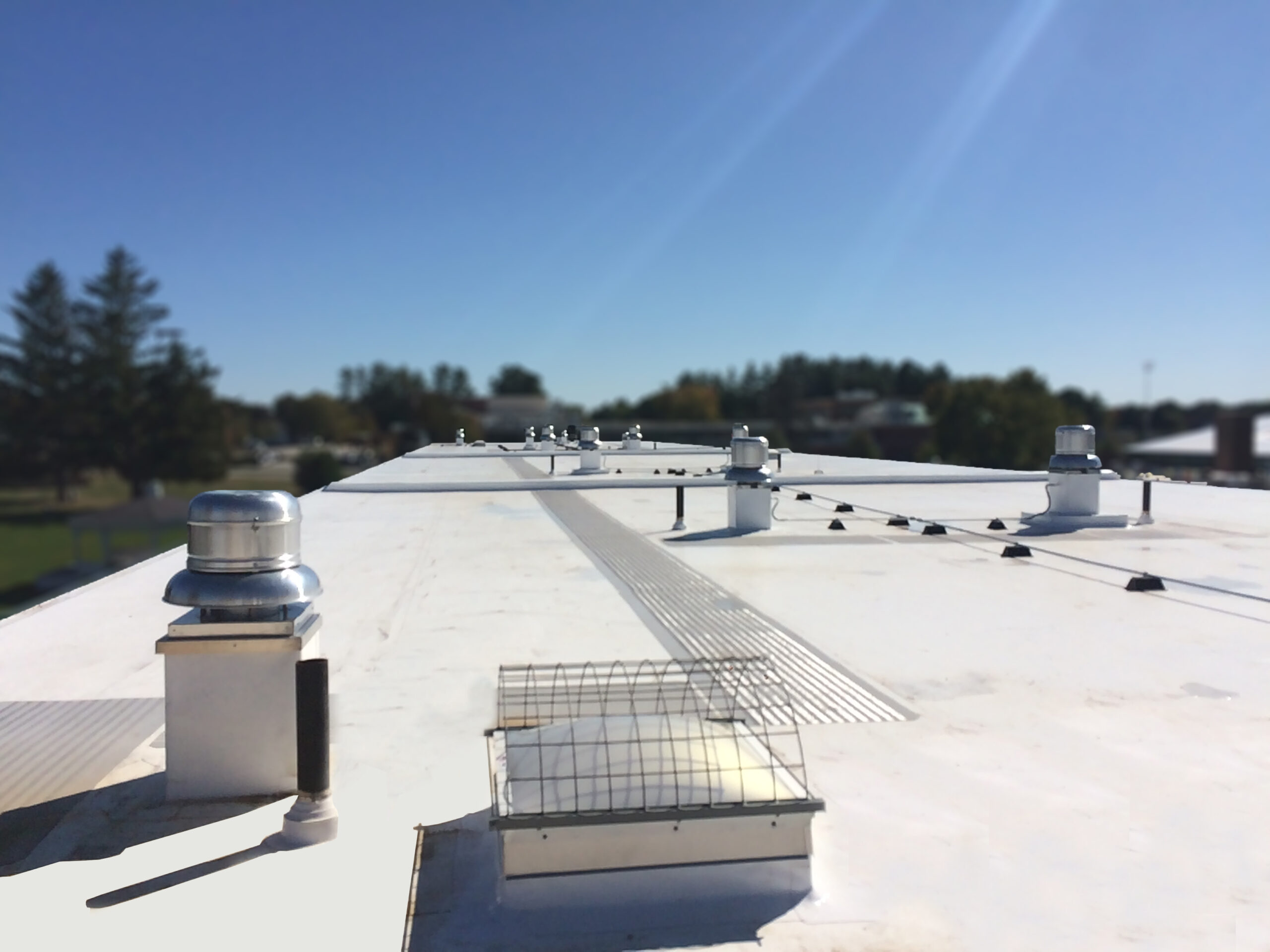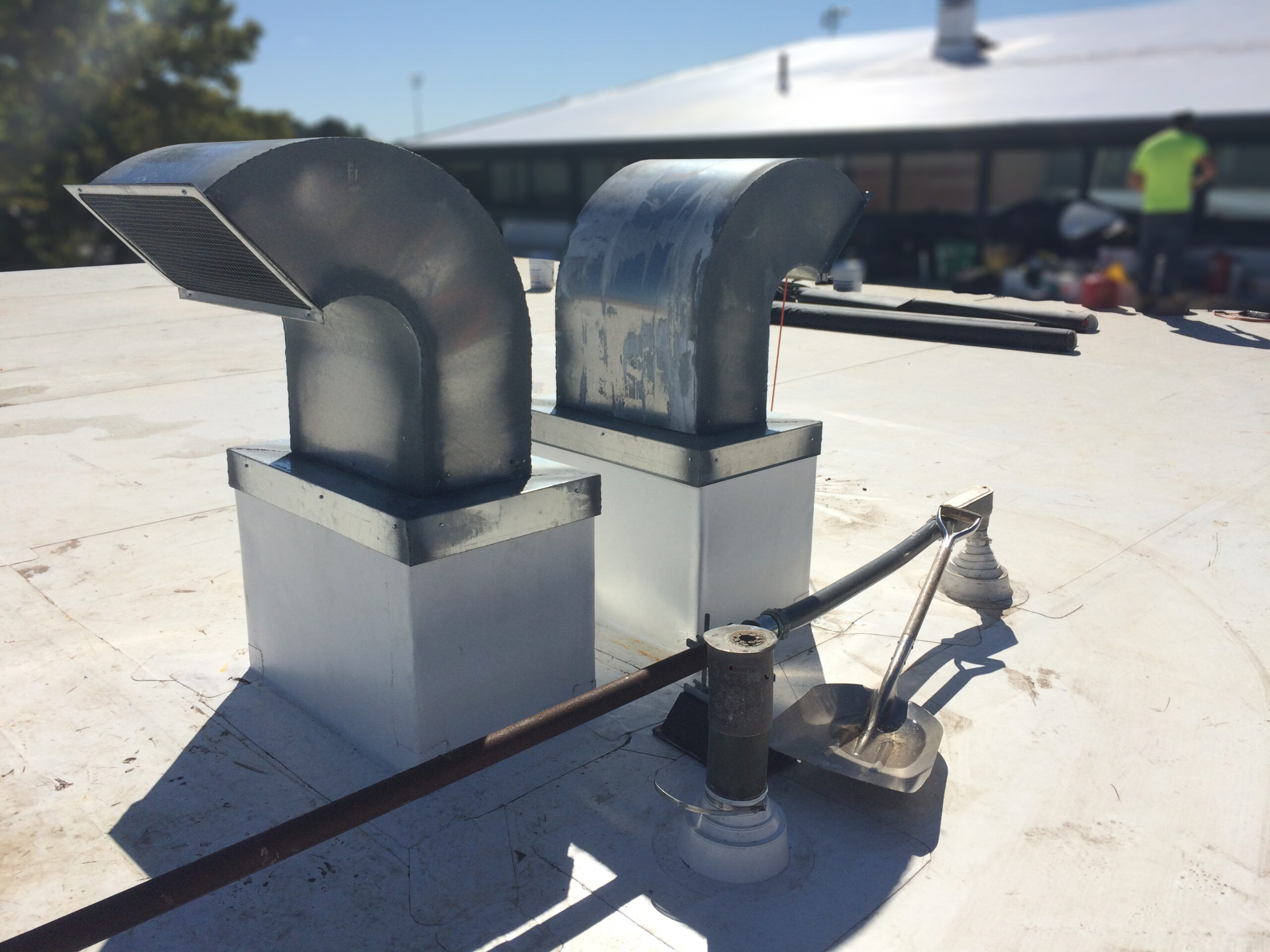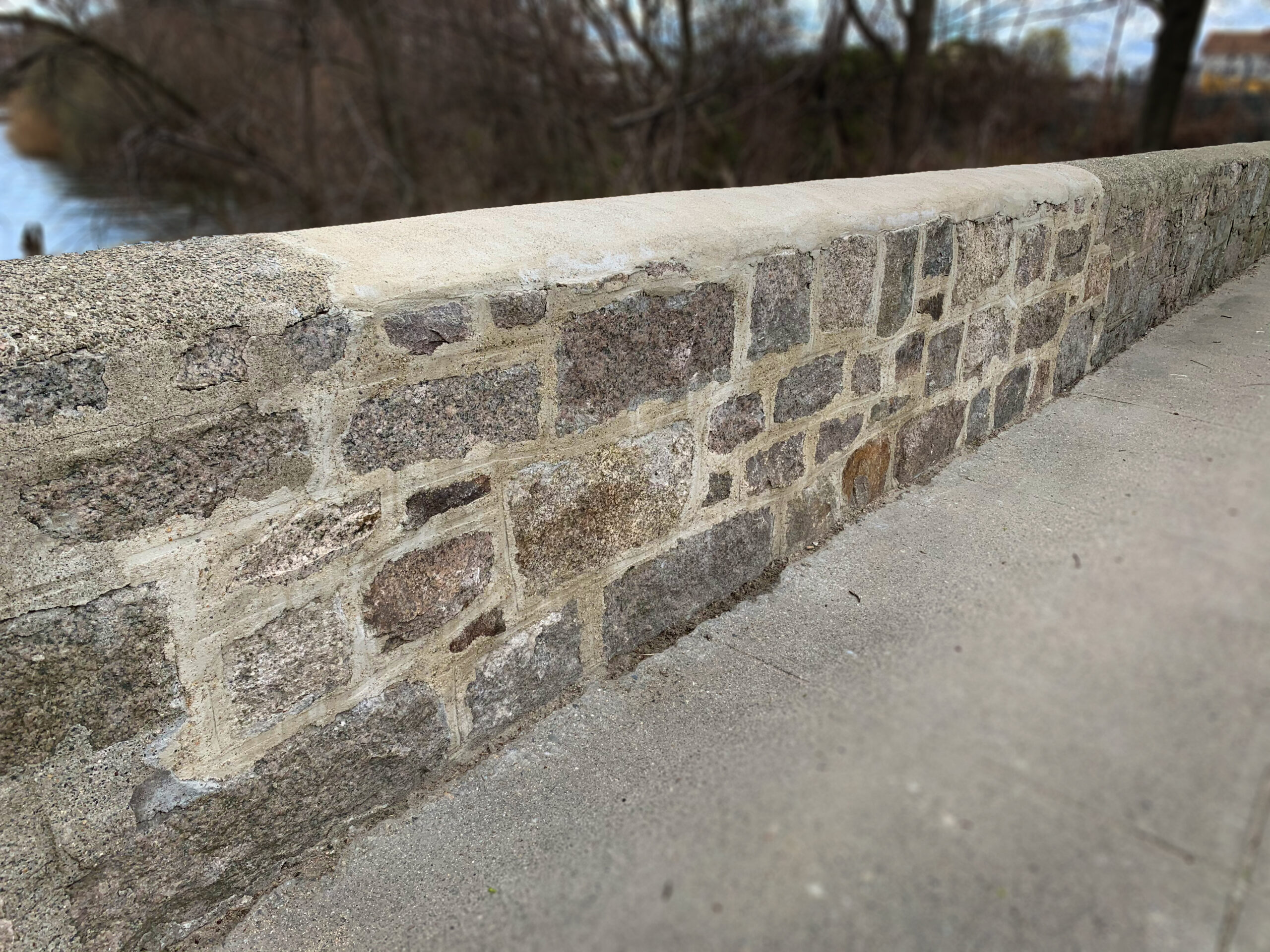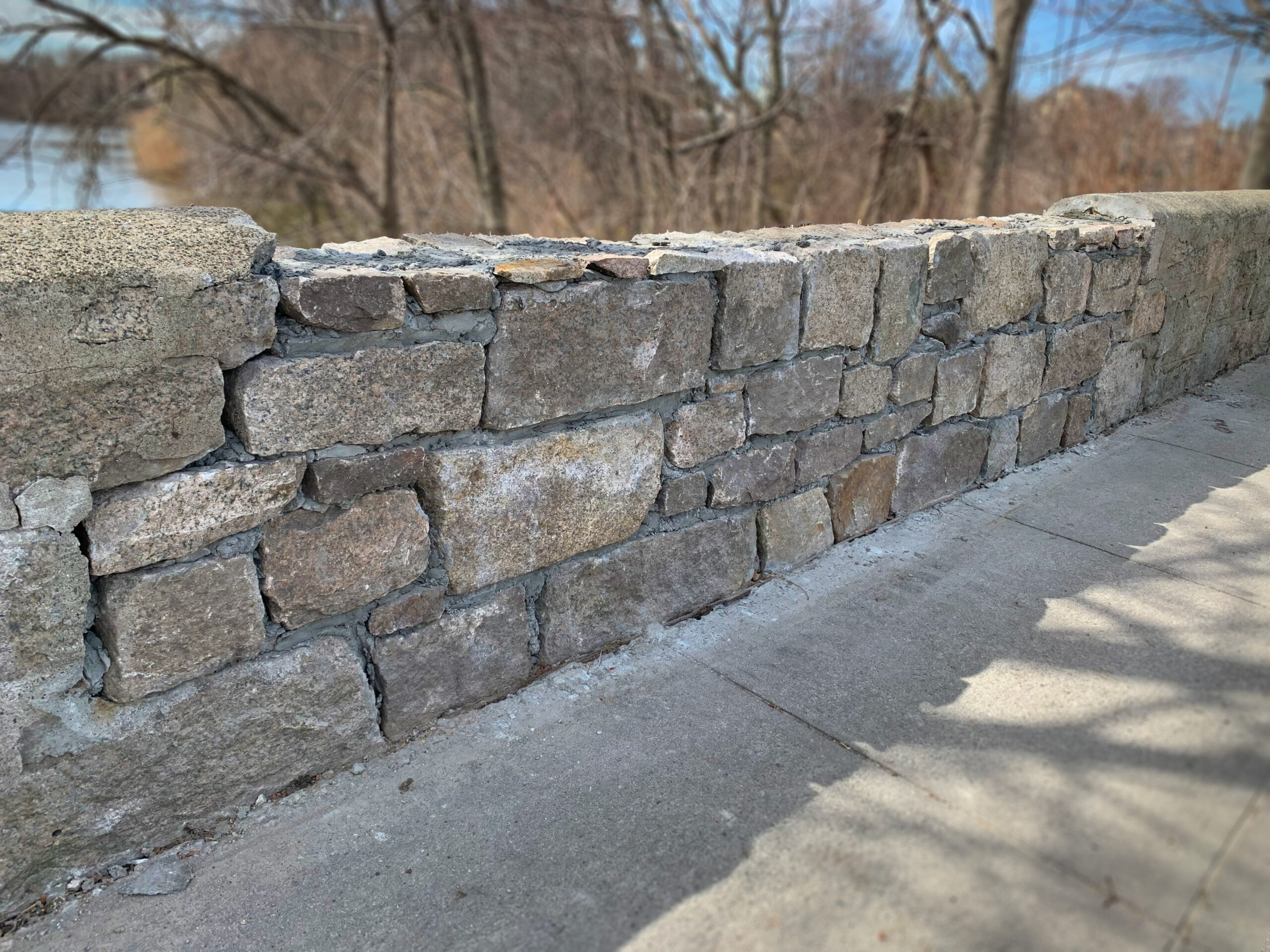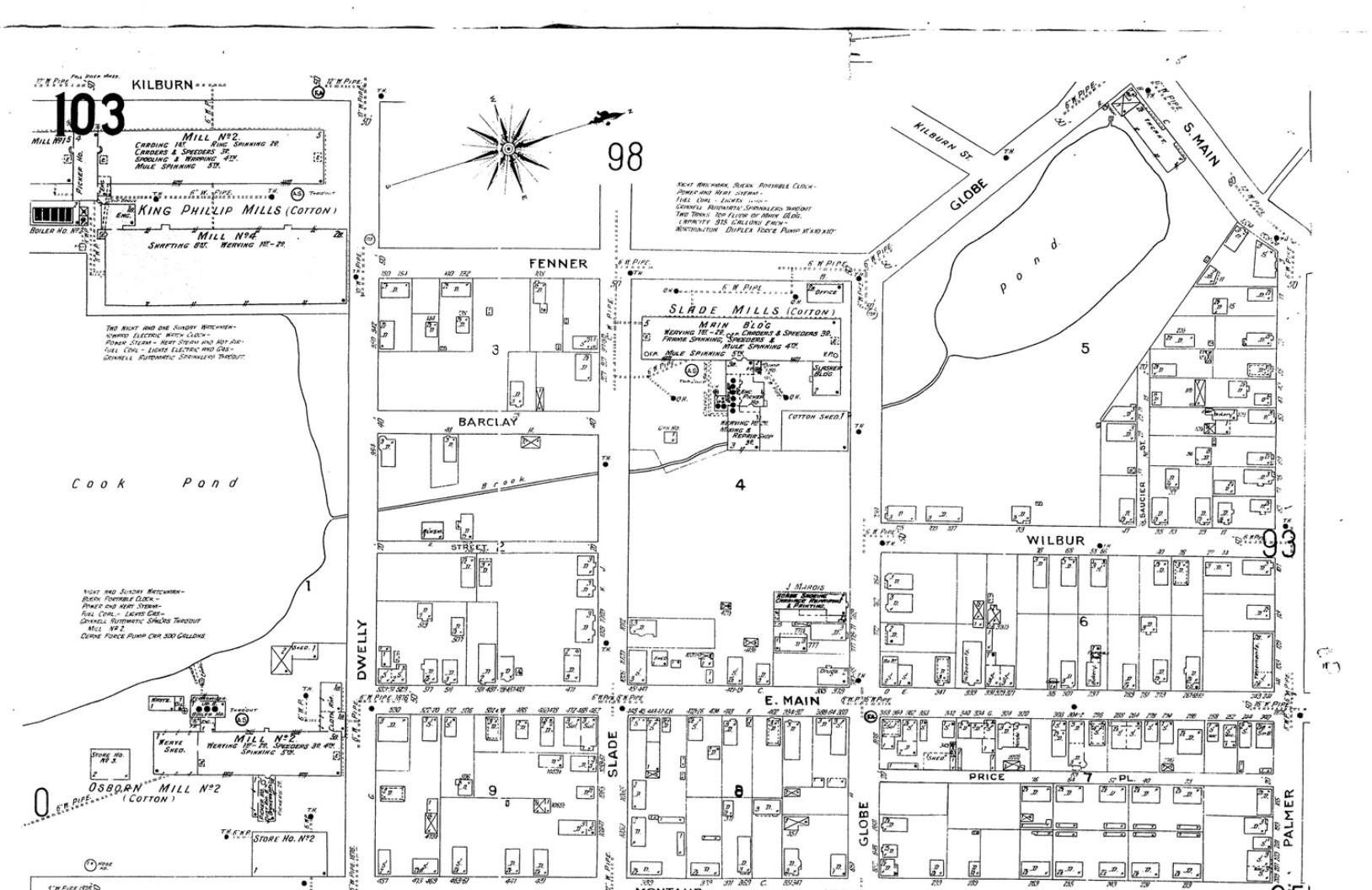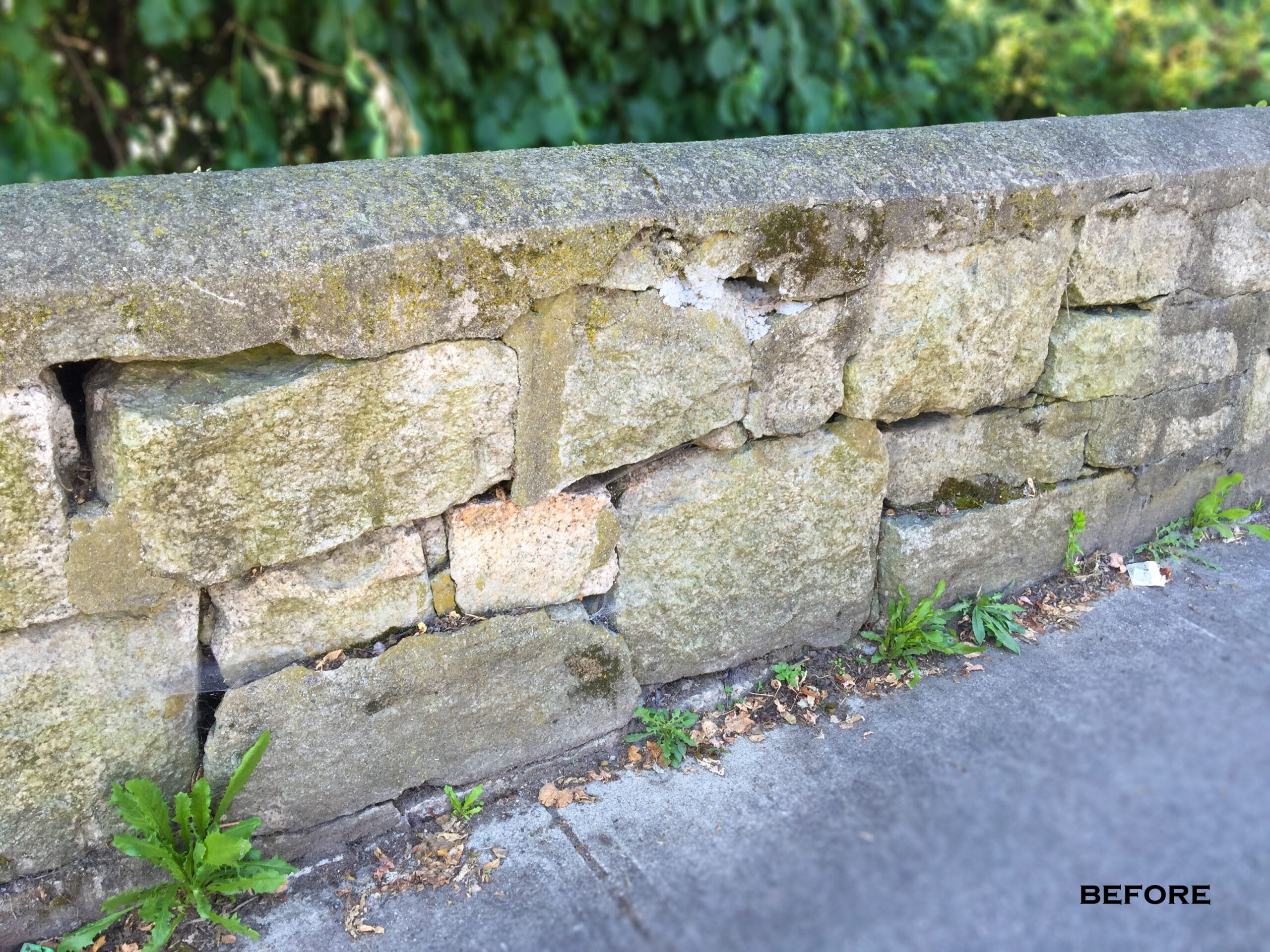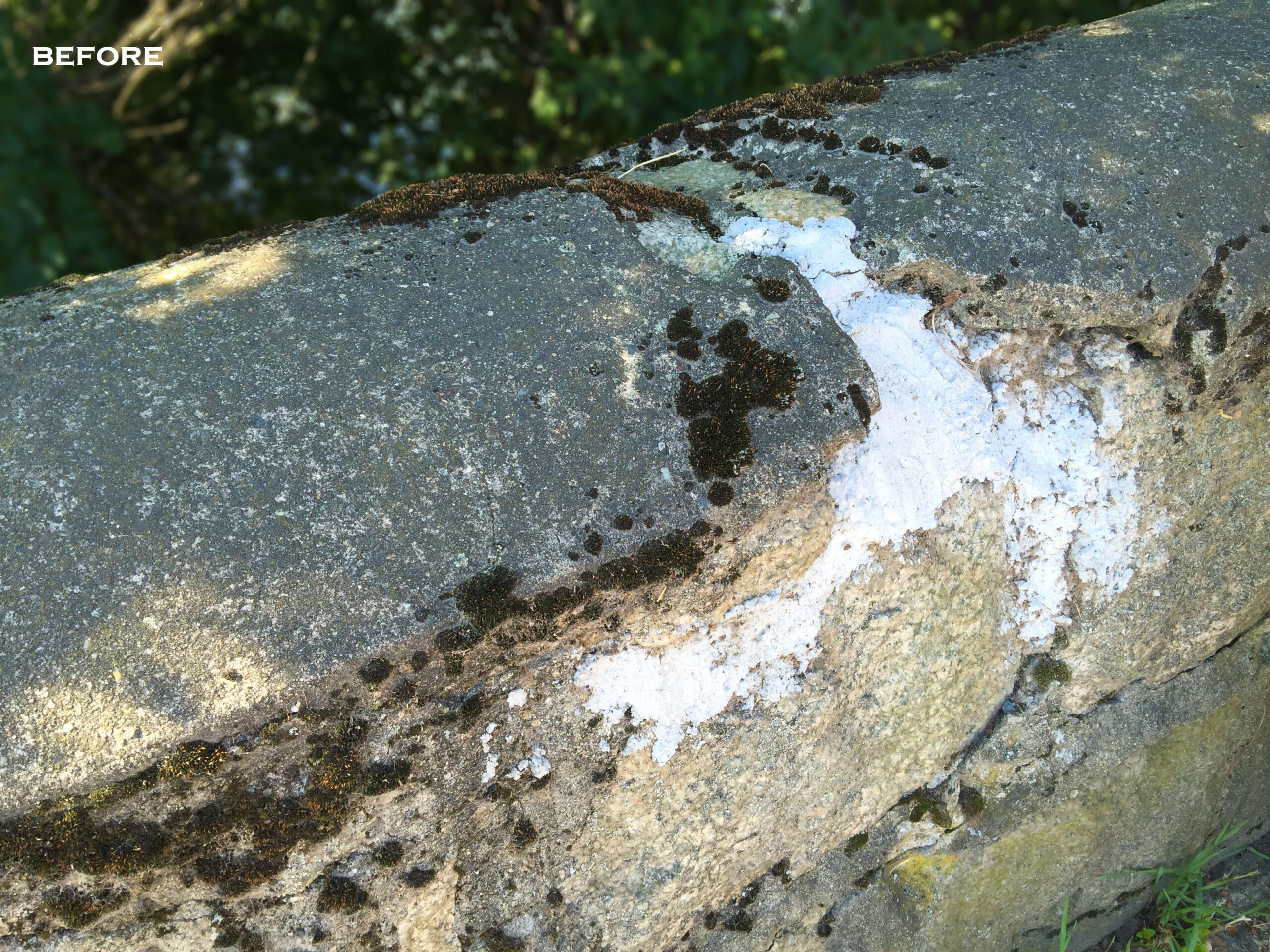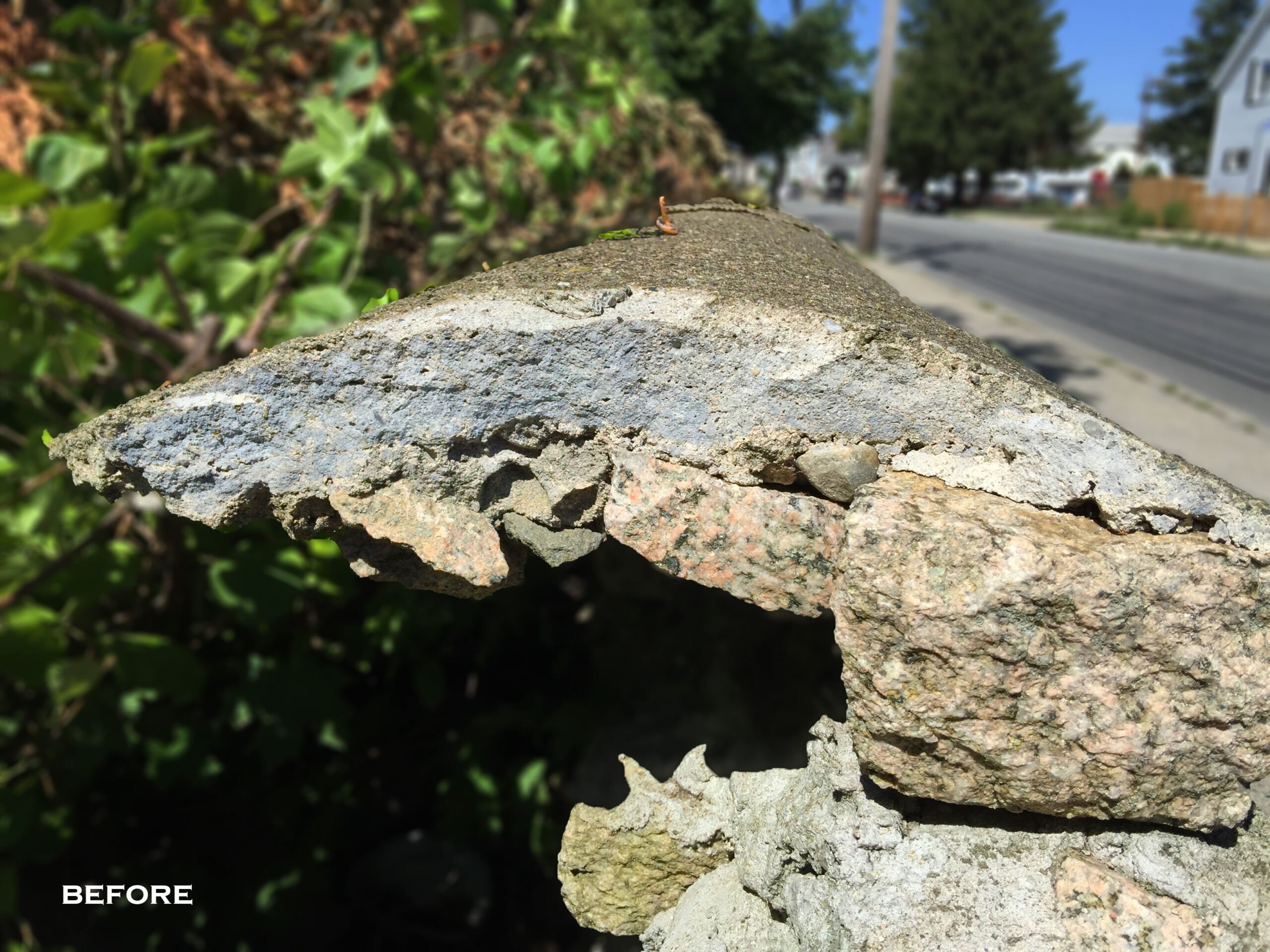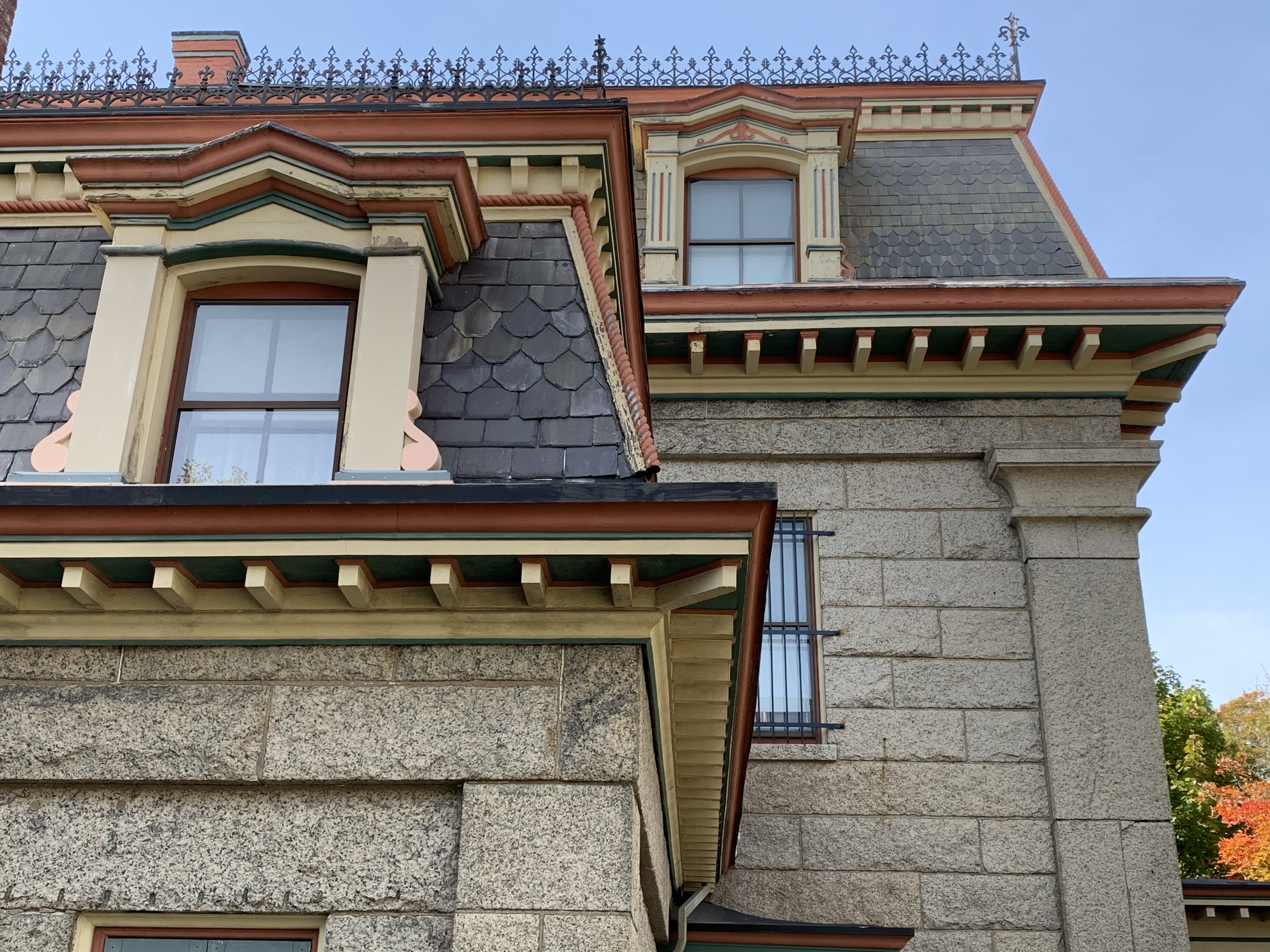
Fall River Historical Society
Fall River Historical Society Study
Fall River, MA
Located at 451 Rock Street, at the corner of Rock and Maple Streets in the Historic Highlands District of Fall River, is the building historically known as the Andrew Robeson House. The house was originally built on Columbia Street in 1843 for Andrew Robeson Jr., a textile mill owner and heir to a New Bedford whaling fortune. The home was designed by Samuel Barrett Cushing and James Scott in the Greek Revival style. During the Civil War, the house served as a station for the Underground Railroad. In 1870, the house was dismantled and moved almost a mile north to its current location by Mr. Robert Knight Remington, a prominent industrialist in the area. At this time, the house underwent a major renovation, turning it into the French Second Empire style mansion that is seen today. In 1935, house was donated to the Fall River Historical Society by David Anthony Brayton when his aunt, Elizabeth Hitchcock Brayton, passed away. Since then, the house has been the home and headquarters of the Fall River Historical Society. Today, the house functions as a house and local history museum open to the public at no charge.
Civitects PC was asked to create an existing conditions study and preservation plan for the Fall River Historical Society. Our existing conditions evaluation began with a survey of the property, observing elements of the building such as the condition of the granite masonry, mortar joints, slate roof, window surrounds, and other architectural features. Civitects also researched the historic appearance of the building using resources such as maps, historic photographs, and post cards. Based on our observations, recommendations were made intended to preserve the quality and aesthetics of the historic fabric following the Secretary of the Interior’s Standards for the Treatment of Historic Properties and the National Parks Service’s Preservation Briefs.

